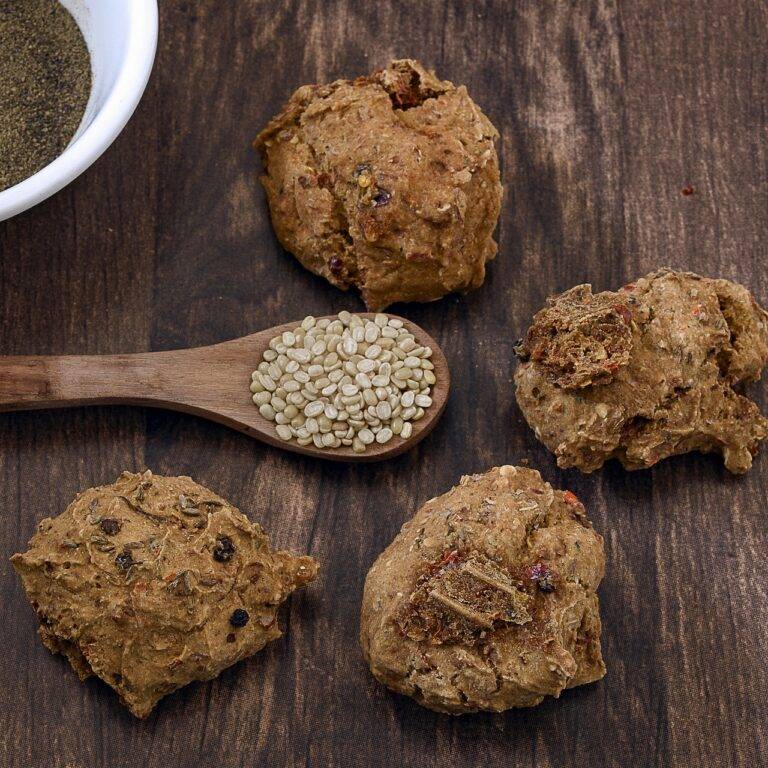The Journey of Coffee Beans: From Farm to Cup
11xplay online, gold365 com, skyfyer:Coffee is a beloved beverage enjoyed by millions of people around the world. But have you ever stopped to think about where those delicious coffee beans come from and how they make their way into your cup? The journey of coffee beans from farm to cup is a fascinating one, filled with hard work, dedication, and a touch of magic. So grab a cup of your favorite brew and join me as we explore the incredible journey that coffee beans take before they reach your morning routine.
The Origins of Coffee
Coffee has a rich history that dates back centuries. The story goes that coffee was discovered by an Ethiopian goat herder named Kaldi, who noticed that his goats became more energetic after eating the berries from a certain tree. Intrigued by this discovery, Kaldi tried the berries himself and experienced a newfound sense of alertness. Word of this magical fruit spread, and soon coffee became a popular drink throughout the region.
Today, coffee is grown in over 70 countries around the world, with some of the most well-known coffee-producing regions being Ethiopia, Brazil, Colombia, and Vietnam. Each region has its unique climate, soil, and growing conditions that contribute to the flavor profile of the coffee beans produced there.
The Coffee Growing Process
The journey of coffee beans begins on a coffee farm, where they are grown, harvested, and processed before being shipped around the world. Coffee plants thrive in tropical climates with rich soil and ample rainfall. The plants take several years to mature and start producing fruit, known as cherries. These cherries ripen at different rates, requiring skilled farmers to carefully select the ripest ones for harvest.
Harvesting the coffee cherries is a labor-intensive process that is typically done by hand. Workers carefully pick the cherries one by one, ensuring that only the best quality beans make it to the next stage of processing. Once the cherries are picked, they are processed through one of two methods – the dry method or the wet method.
In the dry method, the cherries are spread out in the sun to dry, allowing the fruit to naturally ferment and break down, leaving behind the coffee beans. In the wet method, the cherries are pulped to remove the outer layer, leaving behind the beans, which are then fermented in water to further break down the remaining fruit.
Once the beans are fully dried and dehulled, they are sorted by size and quality before being packed into sacks for export. These sacks of green coffee beans are then shipped to roasters around the world, where they will undergo the next transformation in the coffee-making process.
Roasting and Grinding
When the green coffee beans arrive at the roastery, they undergo a process known as roasting. Roasting is where the magic happens, as the beans are heated to high temperatures, causing them to change color, release oils, and develop their unique flavor profiles. The time and temperature of the roast can dramatically impact the taste of the final cup of coffee, with lighter roasts typically offering more subtle and acidic flavors, while darker roasts are richer and bolder.
After roasting, the beans are cooled and ground into a fine powder, ready to be brewed into a delicious cup of coffee. The grind size of the coffee beans can also affect the flavor of the final cup, with finer grinds typically used for espresso drinks and coarser grinds for drip coffee.
Brewing and Enjoying
Now that the coffee beans have been harvested, processed, roasted, and ground, it’s time to brew them into a delicious cup of coffee. There are countless ways to brew coffee, from traditional methods like pour-over and French press to more modern options like espresso machines and drip brewers. Each brewing method has its unique set of parameters that can affect the flavor, strength, and aroma of the final cup.
No matter how you choose to brew your coffee, one thing is for sure – a freshly brewed cup of coffee is a delight to the senses. The aroma of the coffee, the rich flavor, and the caffeine kick all combine to create a truly enjoyable experience that many of us can’t start our day without.
The Impact of Coffee Production
While coffee is a beloved beverage enjoyed by millions, it’s essential to remember that coffee production can have a significant impact on the environment and the communities that grow it. Sustainable coffee farming practices, such as shade-grown coffee and organic farming, can help minimize the environmental impact of coffee production and ensure that future generations can continue to enjoy this beloved beverage.
Many coffee farmers around the world face challenges, such as fluctuating market prices, climate change, and labor shortages. Supporting fair trade and direct trade coffee can help ensure that farmers receive fair wages for their hard work and can invest in their communities for a brighter future.
FAQs
Q: Where does coffee come from?
A: Coffee is grown in over 70 countries around the world, with some of the most well-known coffee-producing regions being Ethiopia, Brazil, Colombia, and Vietnam.
Q: How are coffee beans processed?
A: Coffee beans are either processed using the dry method or the wet method. In the dry method, the cherries are spread out in the sun to dry, while in the wet method, the cherries are pulped and fermented before drying.
Q: What factors can affect the flavor of coffee?
A: The flavor of coffee can be influenced by factors such as the region it was grown in, the altitude, soil, processing method, roast level, grind size, and brewing method.
Q: How can I support sustainable coffee farming practices?
A: You can support sustainable coffee farming practices by purchasing shade-grown and organic coffee, as well as fair trade and direct trade coffee that ensures farmers receive fair wages for their work.
In conclusion, the journey of coffee beans from farm to cup is a remarkable one that involves the hard work and dedication of countless farmers, roasters, and baristas around the world. The next time you take a sip of your favorite brew, take a moment to appreciate the journey that those humble coffee beans have taken to bring you that perfect cup of coffee. Cheers to the magic of coffee!







